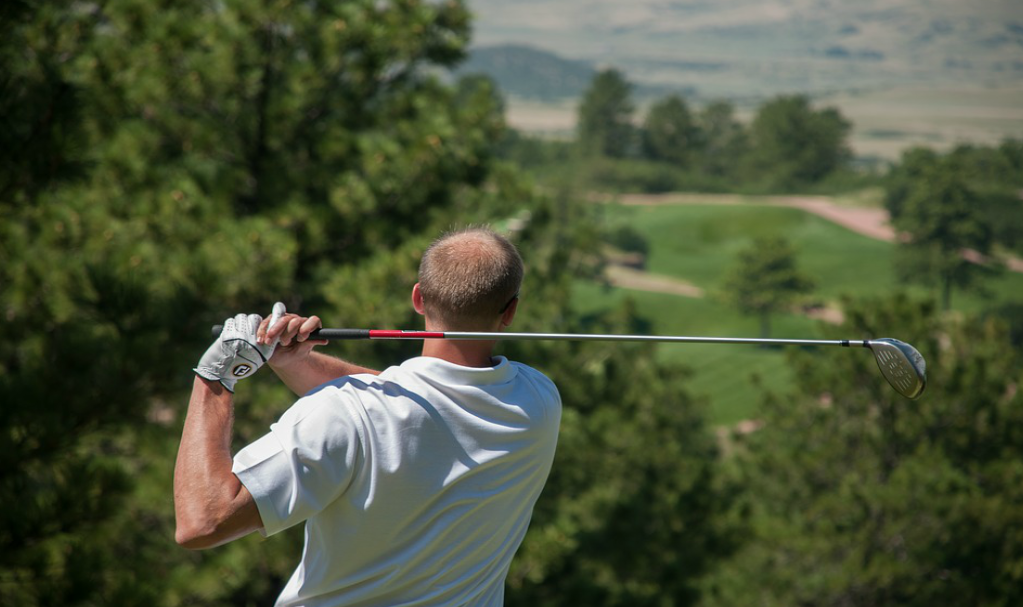4 Things Athletes can do to Prevent Injuries

Each year, athletes throughout America suffer a collective 8.6 million sports injuries. These injuries range from easy-to-treat sprains and strains to career-ending concussions and broken bones. On the one hand, being an athlete involves the inherent risk of getting hurt. On another, there are ways athletes can take proactive measures to protect themselves in the […]
6 Ways to Manage Golfers Elbow

If you’ve ever experienced manage golfers elbow, you know exactly how uncomfortable and inconvenient it can be, and you’ve probably looked for a way to solve it. Fortunately, you’re not alone in this, and there are ways to manage your golfer’s elbow so it doesn’t manage you. Here are six fast tips:
